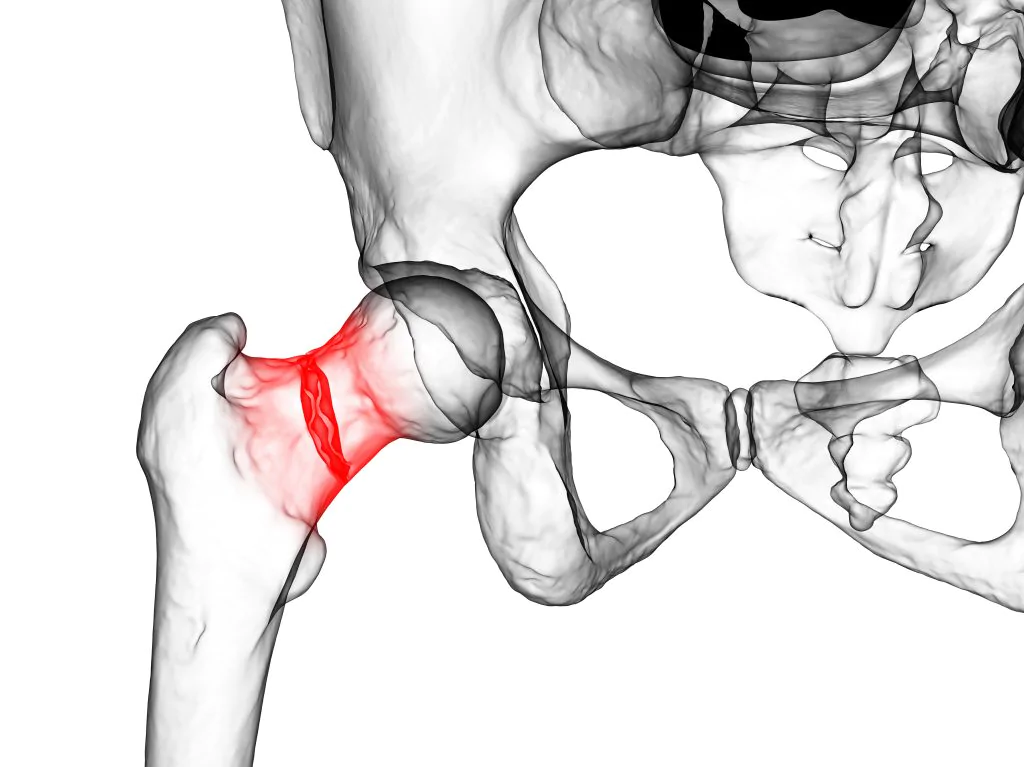Pain and suffering are legal terms that refer to non-economic damages which can be awarded in a personal injury case. It is designed to compensate the injured party for the physical and emotional distress caused by the injury. In legal terms, pain and suffering can include both physical pain and emotional suffering, such as anxiety, depression, and loss of enjoyment in life.
How Pain and Suffering is Different from Other Types of Damages
Pain and suffering are different from other types of damages that may result from an injury caused by negligence. Economic damages, such as medical expenses and lost wages, are meant to compensate the injured party for actual financial losses. On the other hand, pain and suffering damages are intended to compensate the injured party for the physical and emotional distress caused by the injury.
Another type of damage that is different from pain and suffering is punitive damages. Punitive damages are intended to punish the negligent party for their actions, rather than to compensate the injured party for their losses. Punitive damages are rare and only awarded in cases where the defendant’s conduct was particularly egregious or malicious.
How Pain and Suffering Gets Factored into Settlement Amounts
The amount of pain and suffering damages awarded in a settlement or award can vary greatly from case to case. Factors that are taken into consideration when determining settlement amounts for pain and suffering include the severity of the injury, the length of the recovery period, and the impact the injury has had on the injured party’s quality of life.
For example, an injury that results in a long-term disability or chronic pain will typically result in a higher settlement amount for pain and suffering than an injury that heals quickly with minimal impact on the injured party’s quality of life.
In determining the amount of a pain and suffering award, courts and insurance companies often use a multiplier. This is a number that is multiplied by the amount of economic damages (such as medical expenses) to arrive at the total award for pain and suffering. For example, a multiplier of 2 or 3 times the economic damages might be used in a case where the injury is serious but not life-altering.
Real Examples of Pain and Suffering Settlements
- In 2018, a woman was awarded $1.5 million in damages for pain and suffering after she was hit by a car and suffered a traumatic brain injury. The woman’s injuries resulted in a significant loss of cognitive function and required extensive rehabilitation. The award for pain and suffering was based on the severity of the injury and the impact it had on the woman’s quality of life.
- In 2019, a man was awarded $2.5 million in damages for pain and suffering after he was involved in a motorcycle accident that resulted in a broken leg and other injuries. The man’s injuries required multiple surgeries and he was unable to return to work for several months. The award for pain and suffering was based on the severity of the injury and the impact it had on the man’s ability to earn a living.
- In 2020, a woman was awarded $3.5 million in damages for pain and suffering after she was hit.
It’s worth mentioning that these examples are only given as an idea of the range of pain and suffering settlements. The amount of compensation varies by each case, and is highly dependent on the unique facts of each incident, the jurisdiction, the insurance policy limits and the credibility of the evidence presented in court.
How to Prove Pain and Suffering in Court
Proving emotional and suffering damages effectively involves following a few key steps:
- Consult with mental health professionals who can provide expert testimonies can further strengthen your case by substantiating the psychological impact of the injury. Mental illnesses such as depression, anxiety and PTSD can add to the amount a victim is compensated—especially if it keeps a victim out of work, and/or unable to do daily tasks.
- Meticulously document mental health records, including diagnoses and treatment received. This will serve as solid evidence of the emotional distress experienced.
- Gather witness statements, where applicable. They can provide valuable support by highlighting the visible manifestations of psychological damages resulting from an injury.
- Collaborate closely with a skilled personal injury attorney is essential to navigate the complexities of the legal process and construct a persuasive case based on concrete evidence. By effectively demonstrating the profound emotional toll and its tangible effects on daily life, you significantly enhance your chances of securing fair compensation for the suffering endured.
Get Help Proving Psychological Stress from a Dedicated Injury Attorney
When it comes to proving pain and suffering in court, having the right legal representation can make all the difference. For over 50 years, Sobo & Sobo has been dedicated to representing NY and NJ accident victims, and providing the highest quality legal services. Their experienced team understands the complexities of personal injury cases and knows what it takes to effectively prove pain and suffering in court.
With a deep understanding of the legal terms and nuances involved, Sobo & Sobo can skillfully navigate the process, gathering the necessary evidence and expert testimonies to support your claim. Contact Sobo & Sobo today by calling 855-468-7626, or contact us online to receive the professional and caring assistance you need.




